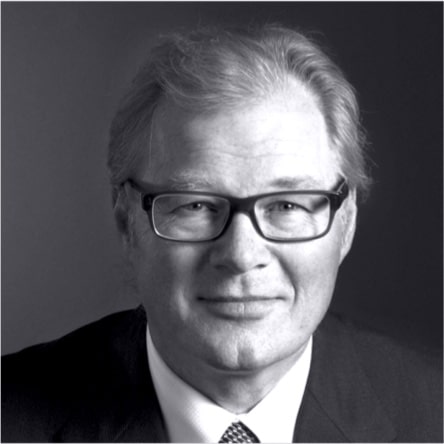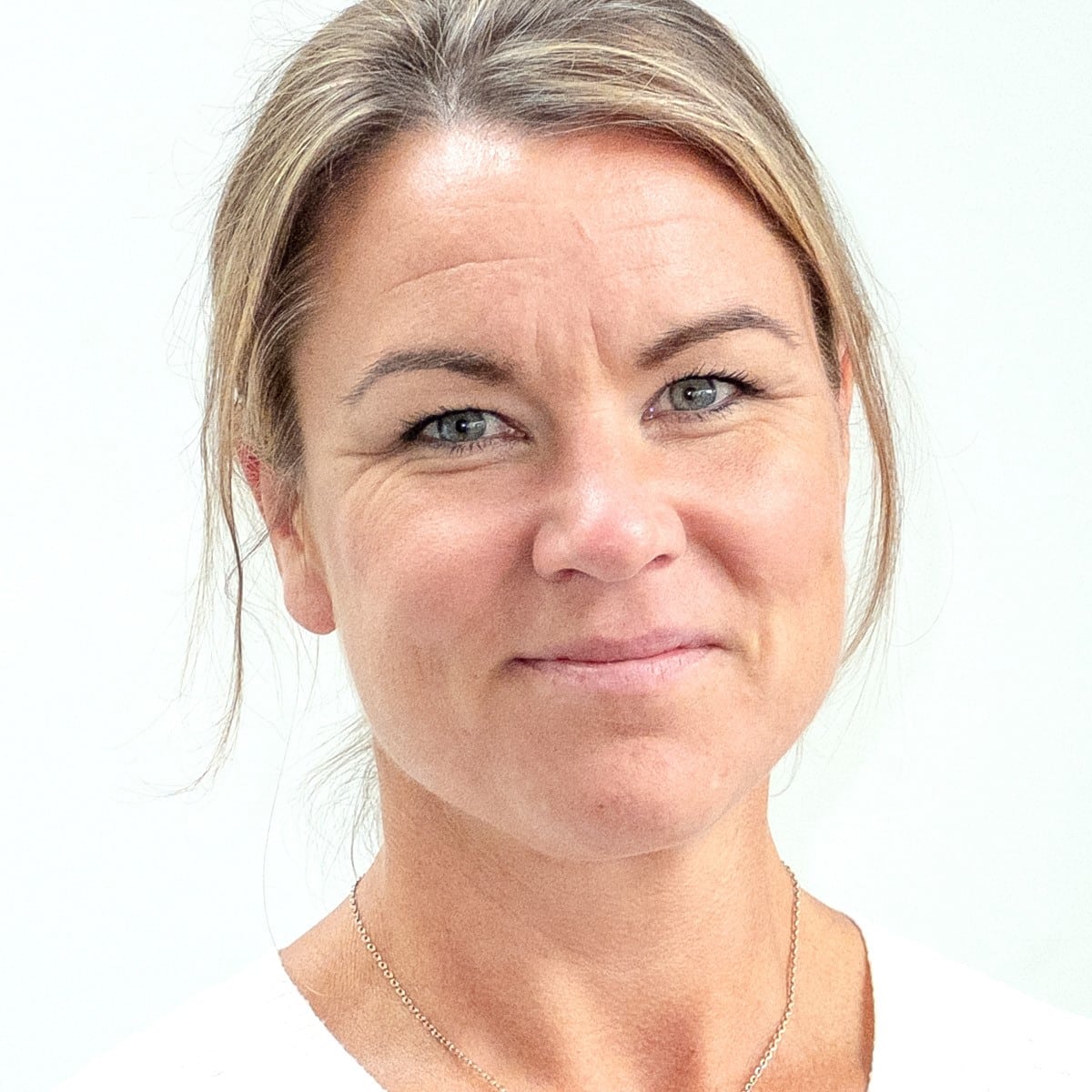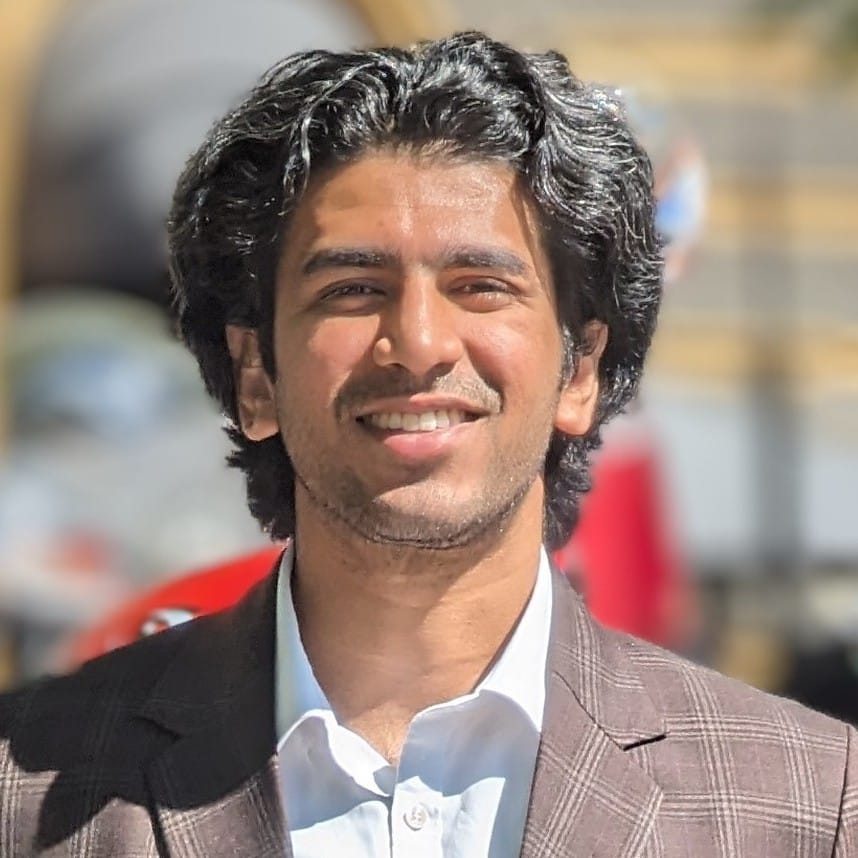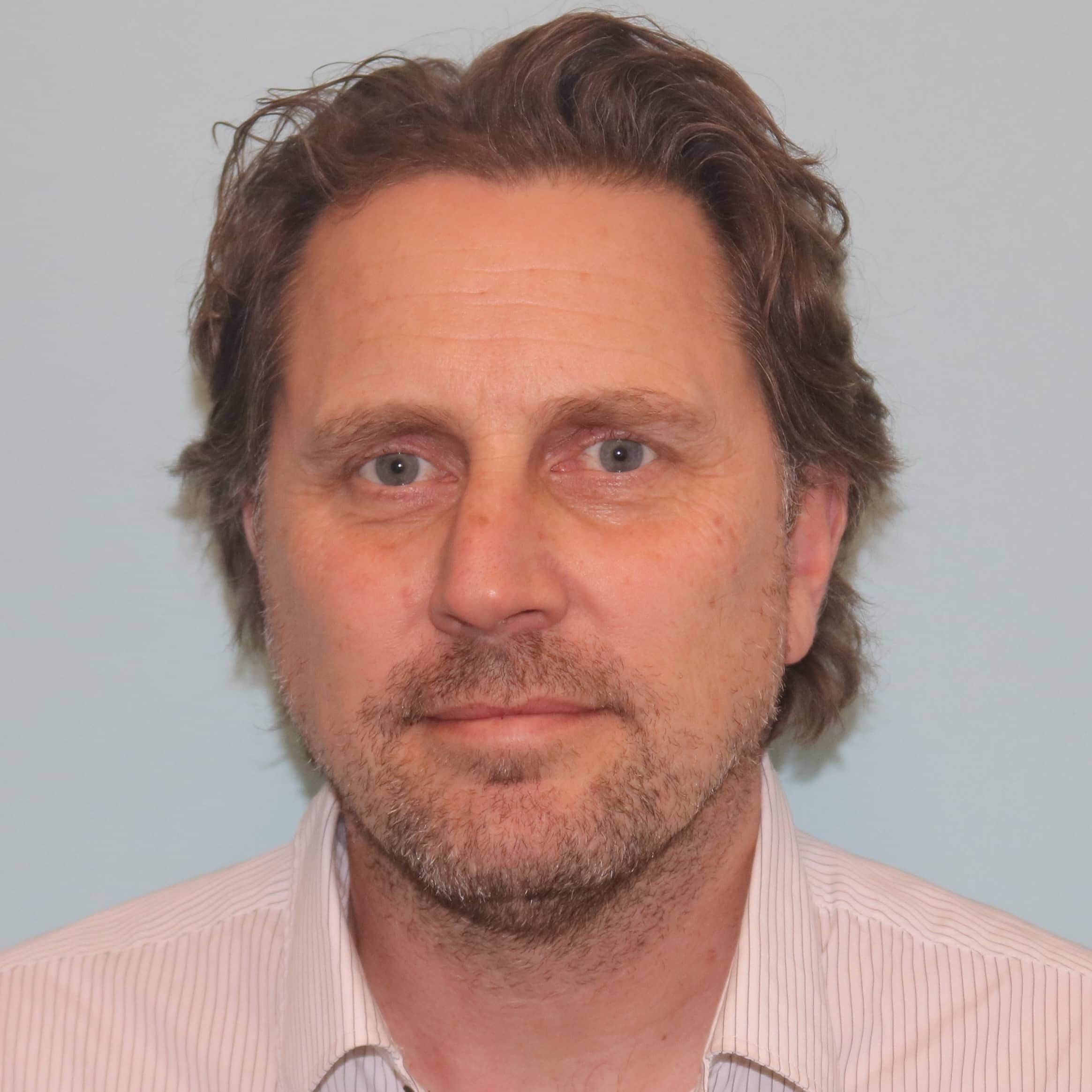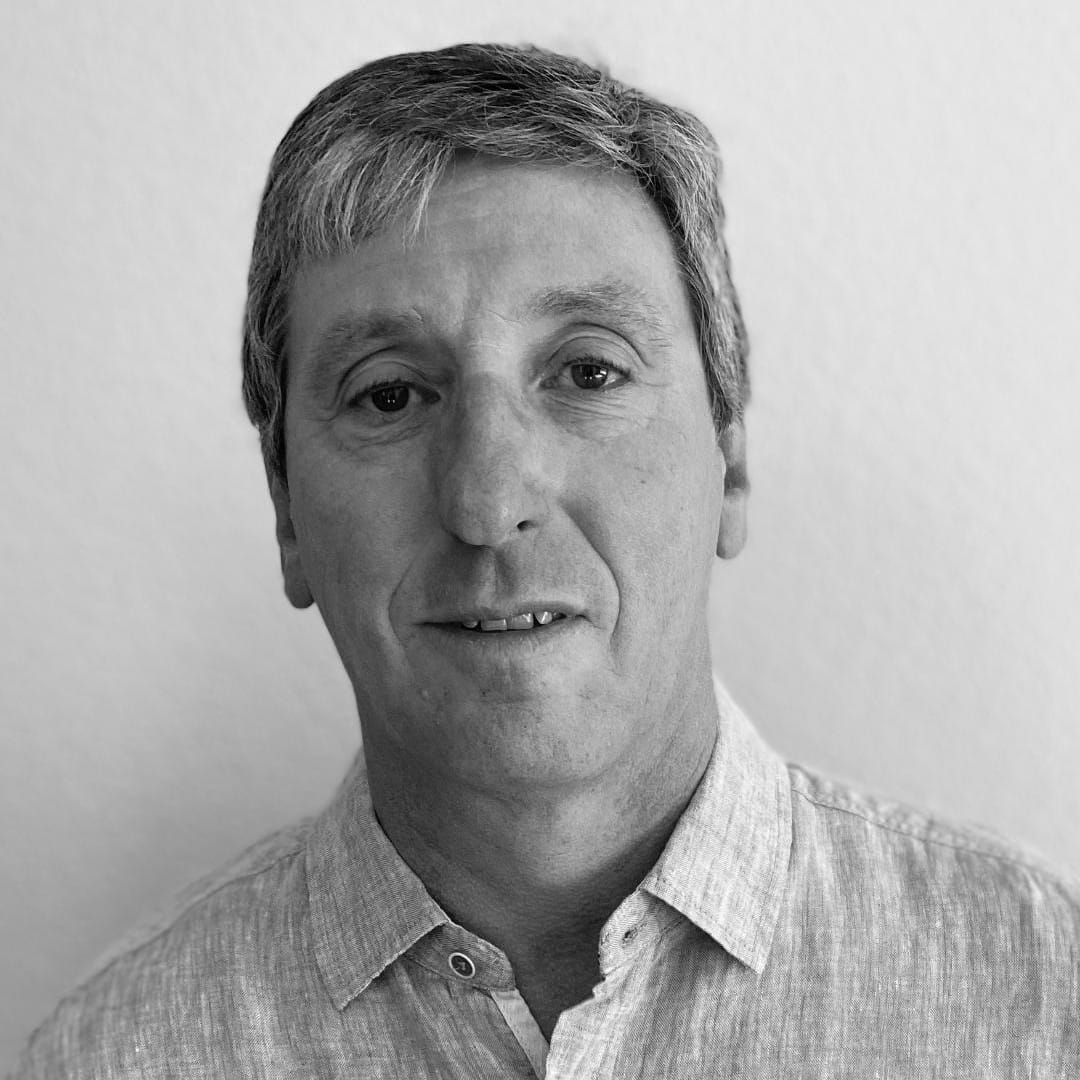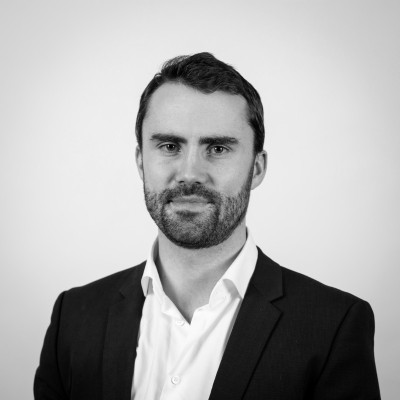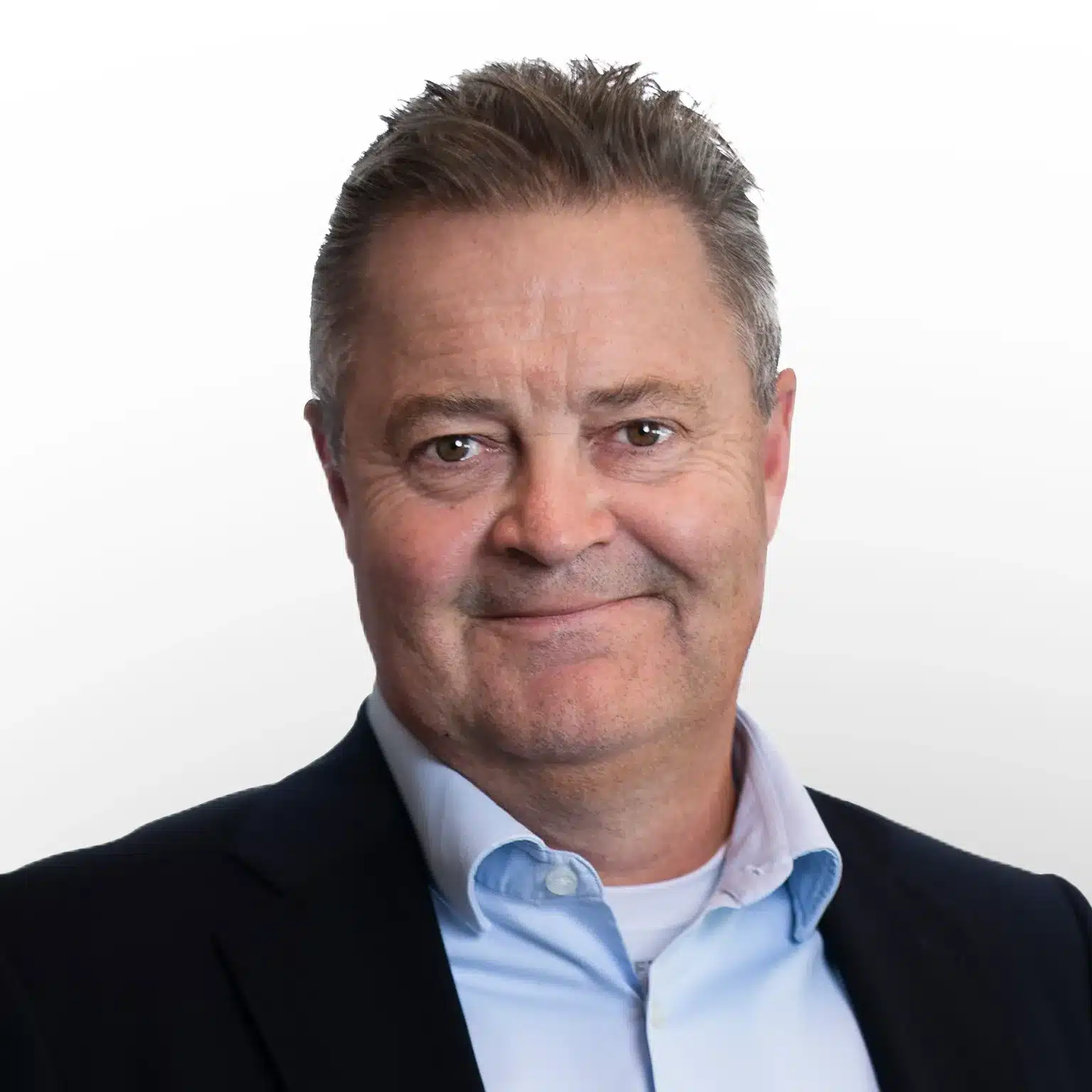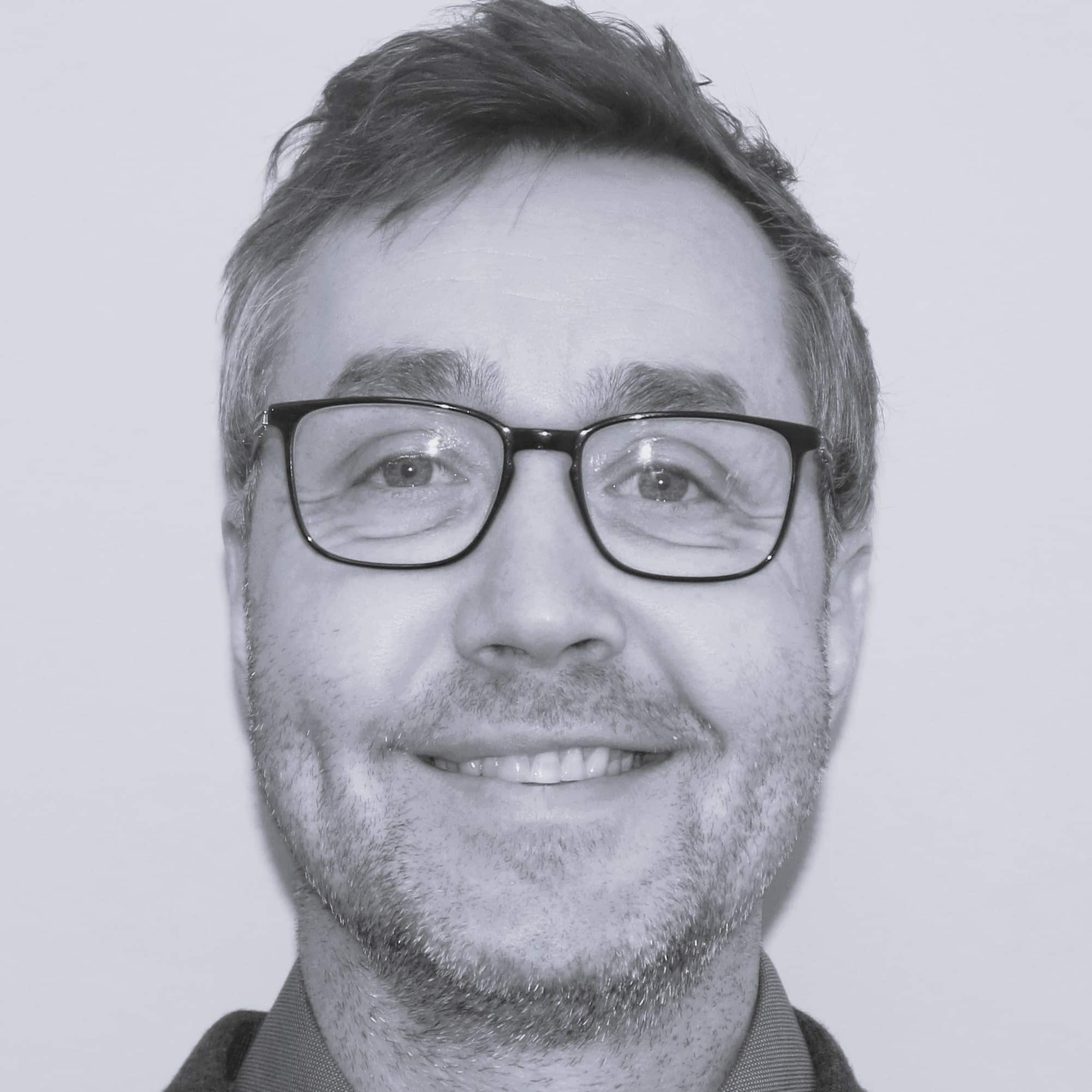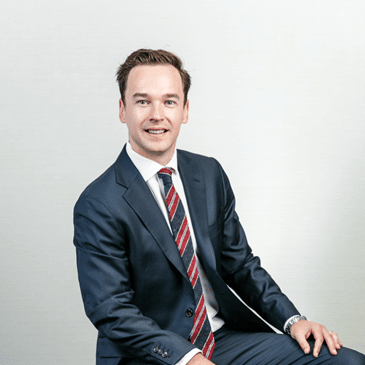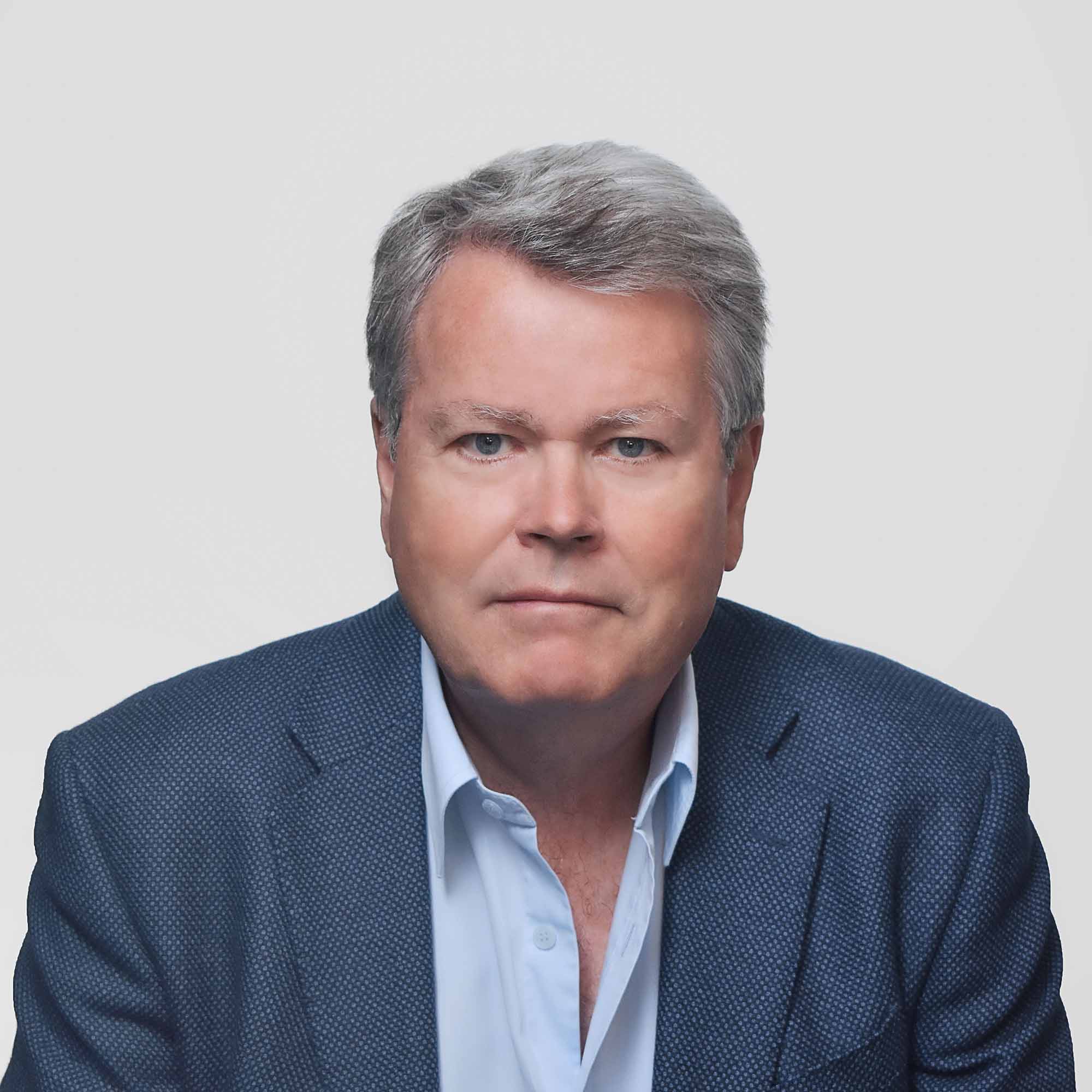Esgian Wind Analytics: monthly round-up (September 2022)
Wind Farm Updates
Avangrid has decided to extend the commercial operation dates of its Park City and Commonwealth offshore wind projects by one year, to 2027 and 2028, respectively. The operator says the extensions will position it to take advantage of critical advancements in wind turbine technology, including turbines in the 17-20MW capacity range. Furthermore, the projects will be built as a single two-development project to benefit from the related synergies. Avangrid is also exploring whether the projects can benefit from tax credits for domestic content under the Inflation Reduction Act.
This month, the final turbine at the Saint-Nazaire offshore wind farm off France was installed. The EDF Renewables-operated project has a capacity of 480MW and is set to be operational by year end.
Meanwhile, all 47 foundations have now been installed at the Formosa 2 wind farm off Taiwan, as have the subsea cable installation works. Total installed capacity at Formosa 2 will be 376MW. The Hornsea 2 wind farm off the UK’s Yorkshire coast became fully operational on 31 August. It now claims the title of world’s largest installed wind farm. The 1.3GW project comprises 165 turbines.
Ocean Winds has announced that the name of its planned New York Bight offshore wind project is Bluepoint Wind. The stakeholder and public engagement process for the 1.7GW project will begin soon. The project will be located 38 nautical miles off the coast of New York and 53 nautical miles off the coast of New Jersey.
Vineyard Wind has signed contracts with Ironhouse and Everline to support various stages of construction of the 800MW project, which will be installed 15 miles off the coast of Martha’s Vineyard. Ironhouse will provide commissioning oversight for the onshore substation, wind turbine foundations, inter-array cables, wind turbine generators, and supervisory control and data acquisition (SCADA) system. Everline will provide full SCADA integration for the 62 turbines, a system that will connect the fields’ offshore substation, onshore substation, wind turbines, and offices. It will also be responsible for procuring equipment, configuring devices, installing and configuring SCADA software, testing, and commissioning of all IT and SCADA systems. Vineyard Wind is expected to be operational in 2024.
The US District Court for the District of Massachusetts has concluded that the permanent injunction requested by Siemens Gamesa related to GE‘s Haliade-X turbines is appropriate. However, the court noted that while the motion for the permanent injunction is allowed, consideration of the injunction’s breadth will be described in the final judgment. This relates to GE’s argument about the major delays to offshore wind projects, namely Vineyard Wind and Ocean Wind, that would result from having to restart negotiations if the Haliade-X turbines cannot be used, and the need for projects such as these to go forward in order to address the climate crisis.
Floating Wind Developments
Inocean is set to develop a scalable substation with the layout of a three-column stabilized structure together with Semco Maritime and ISC Consulting Engineers. The substation concept involves floating technology and scalability. The collaboration combines Inocean’s two decades as a naval architect for floating structures and Semco Maritime and ISC Consulting Engineers’ two decades of successful track-record with offshore substation.
Damen Shipyards is developing a new class of vessel aimed at supporting the roll-out of large scale floating offshore wind turbines (FOWT). Damen says forecasts indicate by 2050 over 200GW of new FOWT will be in operations, equating to about 13,500 units. The company goes on to say that research indicates each FOWT will require between three and six anchors, with chain diameters increasing from a typical 152mm for a large offshore structure to upwards of 220mm. Damen, in conjunction with suppliers and vessel operators, is working on a new vessel class that will be able to handle these much larger items.
The OO-STAR semi-sub, developed by Dr.techn. Olav Olsen. is being acquired by France’s Bouygues Travaux Publics. OO-Star is one of the leading floating technologies and currently has a pipeline of 2,711MW divided into four projects. It is the preferred technology of Falck Renewables and BlueFloat Energy for their UK projects.
Saipem and Siemens Energy have signed a memorandum of understanding (MoU) to develop a concept for a floating electrical substation for offshore wind farms. This is a concept design for a 500MW high-voltage alternating current floating electrical substation. The concept will be based on a semisubmersible substructure and designed to operate in harsh environments. It will also be capable of being adapted to fabrication and assembly infrastructure worldwide.
Offshore Wind Targets
The Canadian province of Nova Scotia has set a target to offer leases for 5GW of offshore wind energy by 2030 to support its green hydrogen industry. The offshore wind leases will be granted through a competitive bid process that will be managed by the provincial and federal governments, with the first Call for Bids planned for 2025. After reaching the 5GW target, Calls for Bids will be based on market opportunities. The announcement states that the most promising use for offshore wind energy is generating green hydrogen for use in the province and for export. The province is also developing a green hydrogen action plan that will be released in 2023. The plan will outline the role green hydrogen can play in the transition to clean energy and the steps the government will take to build this industry.
US President Joe Biden has set a goal for floating wind projects of 15GW by 2035. This builds on the overall US offshore wind goal of 30GW by 2030, most of which will be met by fixed-bottom technology.
Through the Energy Earthshot programme, a new Floating Offshore Wind Shot programme will be created to accelerate engineering, manufacturing, and other innovation areas. Floating Offshore Wind Shot will aim to reduce floating technology costs by over 70% by 2035, to $45 per megawatt-hour.
The North Sea Energy Cooperation (NSEC) members have announced combined, non-binding targets for offshore renewables in the NSEC region. The new offshore wind target is at least 260GW by 2050, with
intermediate targets of at least 76GW by 2030, and 193GW by 2040. In the revised Trans-European Energy Infrastructure, or TEN-E, regulation, it was agreed that NSEC will act as the facilitating body for the task of the North Seas Offshore Grids priority offshore corridor sea basin.
New Contracts/Agreements
Van Oord has been selected as the preferred contractor for construction of the 1.2GW Baltic Power offshore wind farm. Van Oord will transport and install over 70 foundations, consisting of a monopile fitted with a transition piece. Construction is expected to begin in 2024 with first power in 2026.
South Korean suppliers Unison and Advact have signed a co-operation agreement covering joint development of a 10MW turbine and substructures. Advact has supplied suction buckets for the Gunsan Test and Southwest wind farm projects in South Korea, while Unison is aiming to have its previously announced first prototype of a 10MW offshore turbine installed in 2023.
Lamprell has been awarded a contract for the Moray West offshore wind farm. The scope involves construction of 60 wind turbine generator transition pieces and two transition pieces for Moray West‘s two offshore substations, along with shipping the transition pieces to a marshalling harbour in the UK. The award is deemed “very large”, which Lamprell defines as over $200 million. Lamprell confirms its production line for this work is under construction. Moray West is set to be operational in 2024/2025.
NextEra Energy Transmission MidAtlantic and WindGrid have signed an MoU to develop and construct offshore wind transmission infrastructure for New Jersey, if selected by the Board of Public Utilities (BPU). NextEra has submitted several proposals to BPU aimed at supporting the transmission needed to achieve New Jersey’s offshore wind goals. Meanwhile, WindGrid’s parent company, Elia Group, has experience connecting 13 European offshore wind farms to onshore grids and is currently operating three subsea cable interconnections. Elia is also working on hybrid interconnectors and energy islands.
The US states of Maine, New Hampshire, Massachusetts, Rhode Island, and Connecticut have released a joint request for information (RFI) seeking comments on integrating offshore wind and other resources. The states have announced a joint effort to explore a coordinated strategy to better integrate clean energy resources, such as offshore wind, into regional electric transmission infrastructure, while improving the reliability, resilience, and affordability of the grid for electricity customers. The RFI also notes opportunities to leverage federal funding under the Inflation Reduction Act. Written comments are due by 14 October.
Brazil’s Neoenergia has signed an MoU with the Government of Rio Grande do Sul for the development of green hydrogen and offshore wind generation. The MoU is valid for three years and provides for cooperation in carrying out studies to promote the two clean energy technologies, consider the Port of Rio Grande’s relevance, and the state of Rio Grande do Sul’s wind potential. The partnership also provides for collaboration on the development of a pilot project for the production of green hydrogen. Neoenergia already has MoUs in place with the governments of the states of Pernambuco, Ceara, and Rio Grande do Norte for the development of green hydrogen.
Vessel updates
Seaway 7 vessel Seaway Strashnov has finished installing all 140 monopile foundations for the Hollandse Kust Zuid project. Seaway 7 says installation cycle times exceeded its expectations and reached productivity levels of three installations in less than 24 hours. Meanwhile, work contimues on cable installation for the project and is expected to be finished in the coming months.
Van Oord will be upgrading installation vessel Aeolus with a new, longer boom on its existing crane that will make the vessel capable of installing newer generation 12-15MW turbines, which are larger in size than older generation turbines. The new 133-m long boom is being designed and built by Huisman. Installation is scheduled for early 2023. Meanwhile, construction continues on Van Oord‘s new installation vessel, Boreas, which is scheduled for delivery in 2024, and its new cable-laying vessel, Calypso, which will be operational next year.










